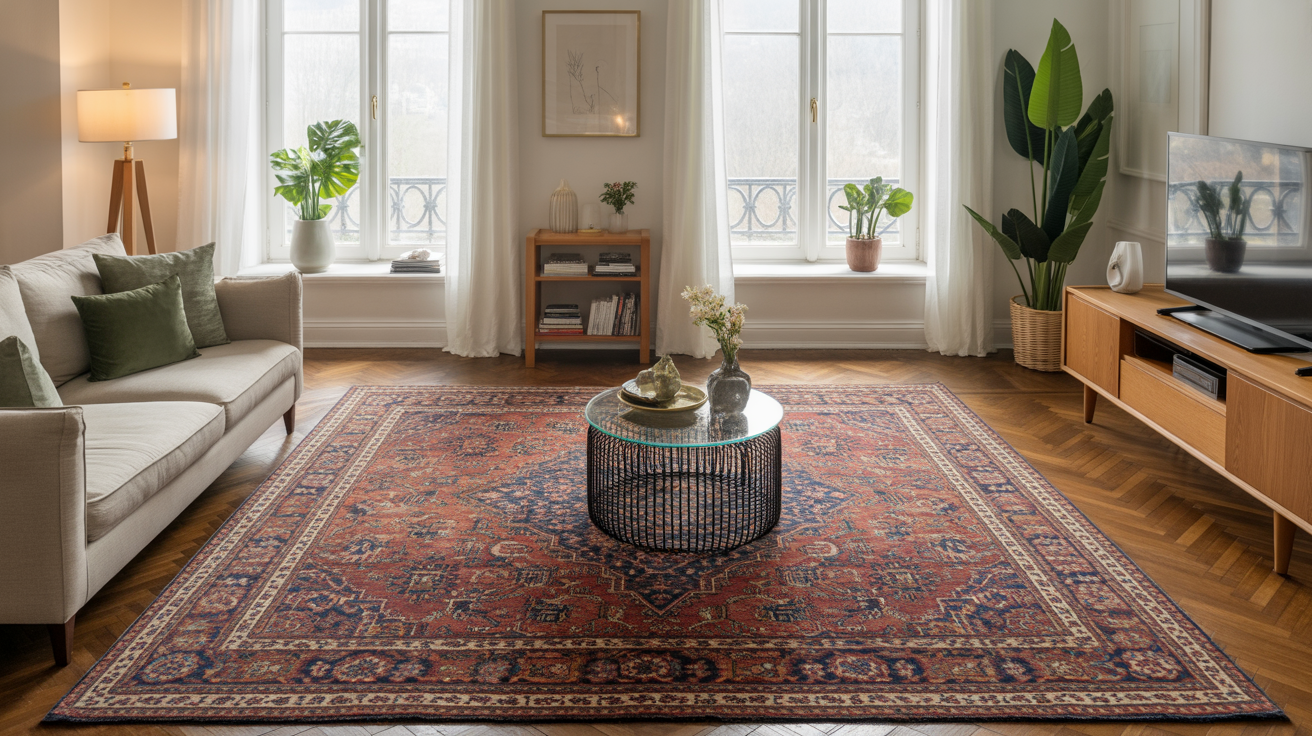Many homeowners notice carpet shedding, especially after getting a new carpet. Small fibers may come loose and end up on socks, clothes, or the vacuum. While it might seem like a big problem, light shedding is normal for many carpets, especially when they’re new.
Still, it can be annoying if it lasts too long or happens more than expected. The good news is that shedding usually goes away with regular care, and there are simple ways to manage it.
In this blog, I’ll explain what carpet shedding is, why it happens, and how to tell when it’s normal or not. You’ll also find easy tips to reduce shedding and keep your carpet looking fresh. If you’re dealing with fuzzy floors, don’t worry—you’re definitely not alone, and help is here.
Is Carpet Shedding Normal?
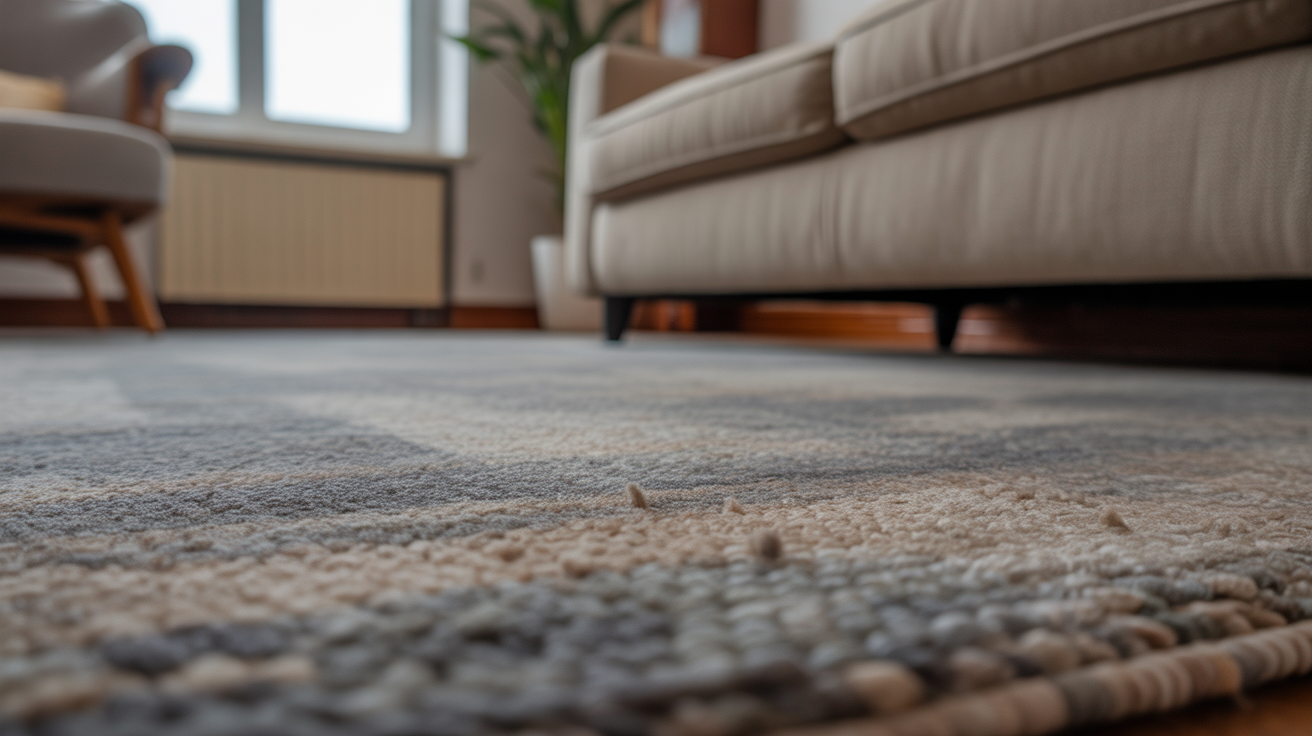
Yes, carpet shedding is completely normal, especially if your carpet is new. When you first install a carpet, it’s common to see loose fibers on the surface. These are just extra strands left over from the manufacturing process.
After a few cleanings, you might find them on your socks, clothes, or vacuum cleaner. It may seem like a lot at first, but most carpets stop shedding after a few weeks to a few months.
The amount of shedding depends on the type of carpet you have. Wool and other natural fiber carpets tend to shed more than synthetic ones.
Also, carpets with cut piles shed more than loop pile styles. If the shedding is light and slowly gets better over time, it’s nothing to worry about. But if it goes on for a long time or gets worse, it may be time to look deeper.
Common Causes of Carpet Shedding
If your carpet is shedding more than you’d like, you’re not alone. It’s helpful to know what’s causing it so you can take the right steps to fix or manage the problem. Some shedding is normal, but if it’s heavy or lasts too long, it could be due to one or more of these common reasons.
- Fiber Type: Wool and other natural fibers tend to shed more than synthetic ones. This is normal for many natural carpets, especially when they’re new.
- Carpet Construction: Cut pile carpets (where the fibers are cut at the ends) are more likely to shed than loop pile carpets (where the fibers stay in loops).
- Low-Quality Materials: Carpets made with loosely twisted or low-grade fibers may break more easily and shed faster than higher-quality ones.
- High Foot Traffic: Carpets in busy areas like hallways or living rooms can shed more because they get stepped on a lot, which pulls on the fibers.
- Improper Maintenance: Using a rough vacuum or not vacuuming often enough can make shedding worse. Some vacuums with strong beater bars may damage the fibers.
Knowing what’s behind the shedding helps you figure out how to deal with it. Some causes are easy to fix, while others take time. Either way, the more you understand your carpet, the easier it is to care for it properly.
How to Reduce Carpet Shedding?
If your carpet is shedding more than you’d like, don’t worry—there are simple things you can do to help reduce it. While some shedding is normal, especially in new carpets, it doesn’t have to go on forever. With the right care and habits, you can keep your carpet looking fresh and clean without dealing with constant fuzz and loose fibers.
1. Vacuum Gently and Regularly
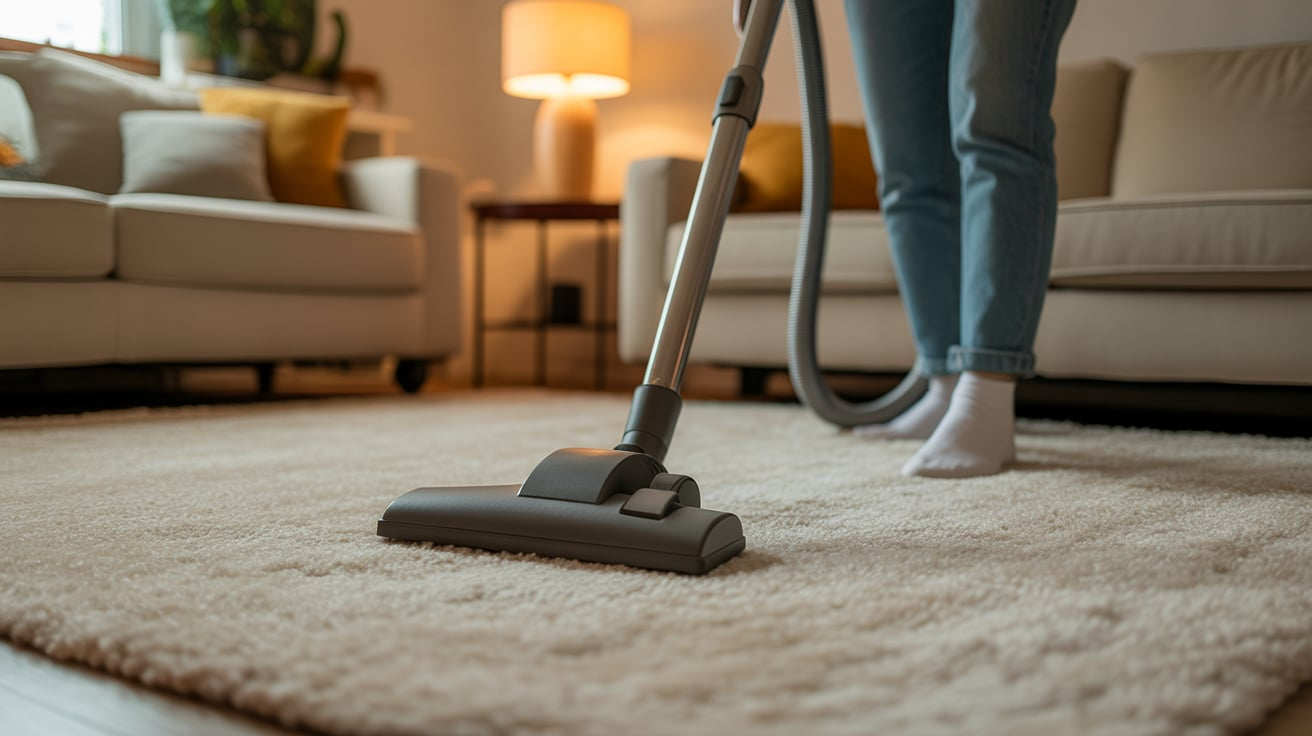
Vacuuming is one of the best ways to manage shedding, but how you vacuum matters. Use a vacuum without a beater bar or with a soft brush setting, especially for wool or delicate carpets.
Beater bars can be too harsh and may pull more fibers out. Vacuum your carpet two to three times a week during the first few months. This helps remove loose fibers that would otherwise collect on the surface.
2. Use the Right Cleaning Products
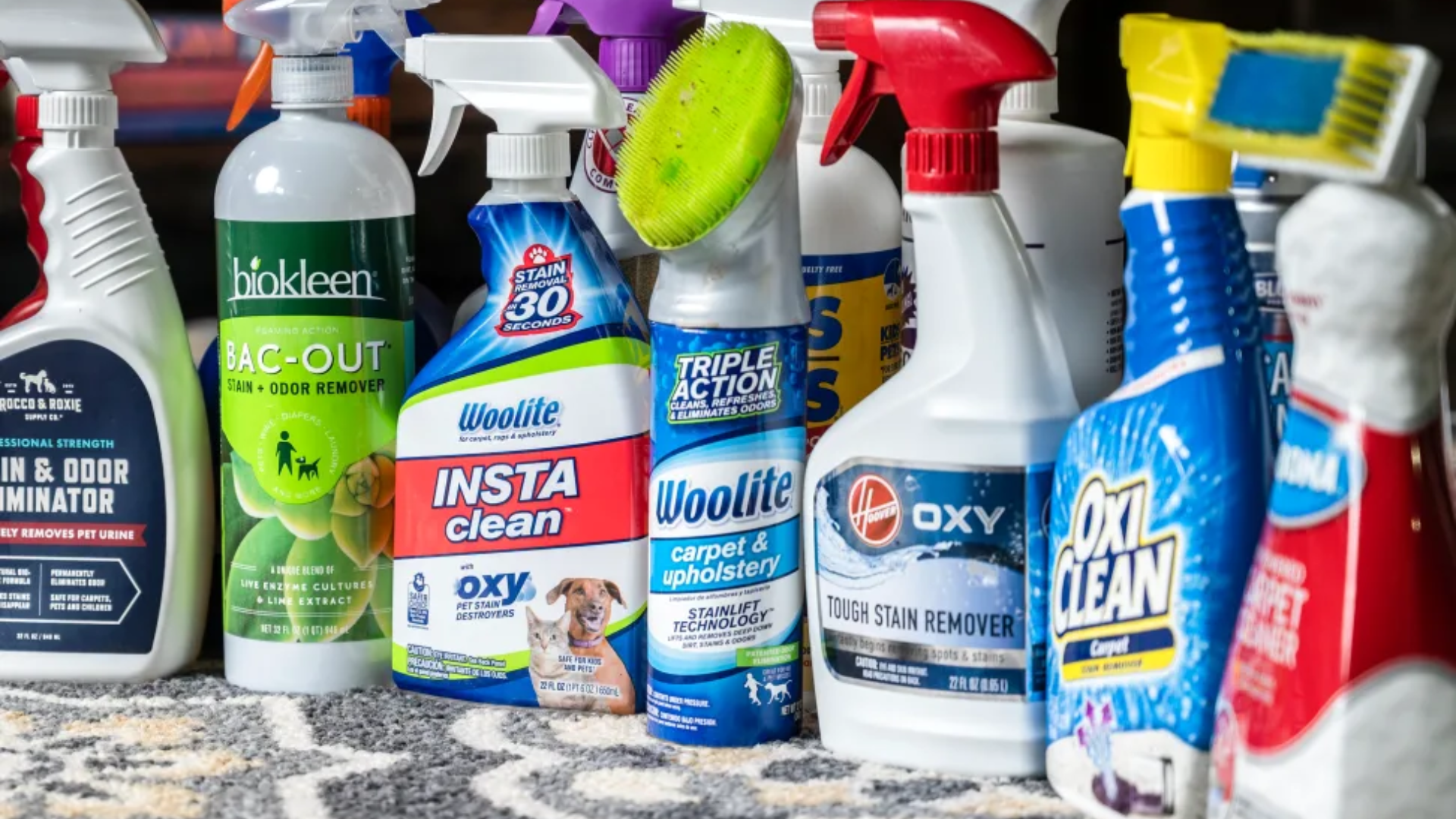
Avoid strong chemicals or heavy-duty carpet cleaners. These can damage the fibers and lead to more shedding. Instead, stick to gentle, carpet-safe cleaning products. A mild soap mixed with warm water is often enough to clean up small spots. Always test a small area first before using a new cleaner to make sure it doesn’t cause damage.
3. Protect High-Traffic Areas

Spots like hallways, entryways, and living rooms get the most foot traffic, which means they’re more likely to shed. To protect these areas, place rugs or runners on top of your carpet. You can also rearrange furniture now and then so that one area doesn’t get worn down too fast. A little protection can help your carpet last longer and shed less.
4. Use Furniture Pads

Heavy furniture can press down on carpet fibers and cause them to break, leading to more shedding. You can reduce this by placing soft furniture pads under the legs of chairs, sofas, and tables. This not only protects your carpet but also helps prevent dents and wear in one spot.
5. Trim Loose Fibers (don’t Pull!)
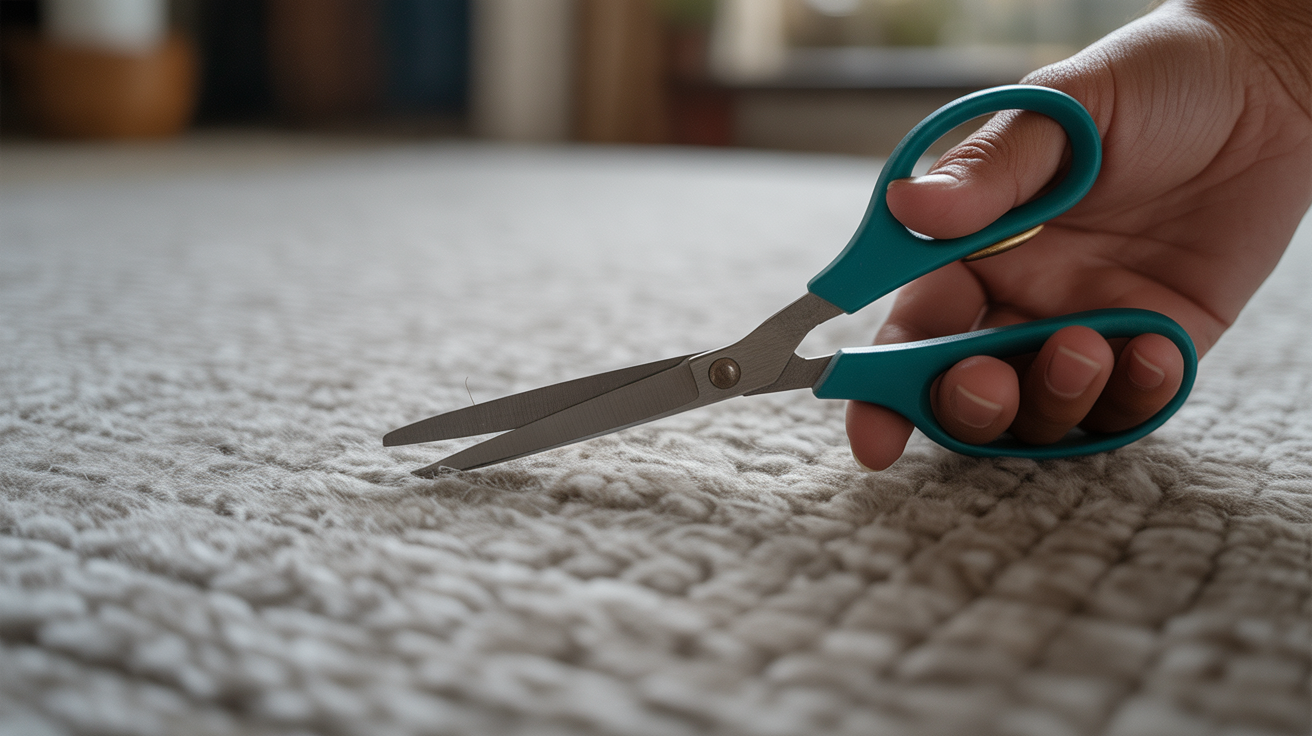
If you see stray fibers sticking up, never pull them out. Pulling can damage the carpet and cause even more fibers to come loose. Instead, carefully trim them with scissors so they sit level with the rest of the carpet. It’s a simple fix that helps stop the shedding from spreading.
6. Hire a Professional Cleaner Occasionally
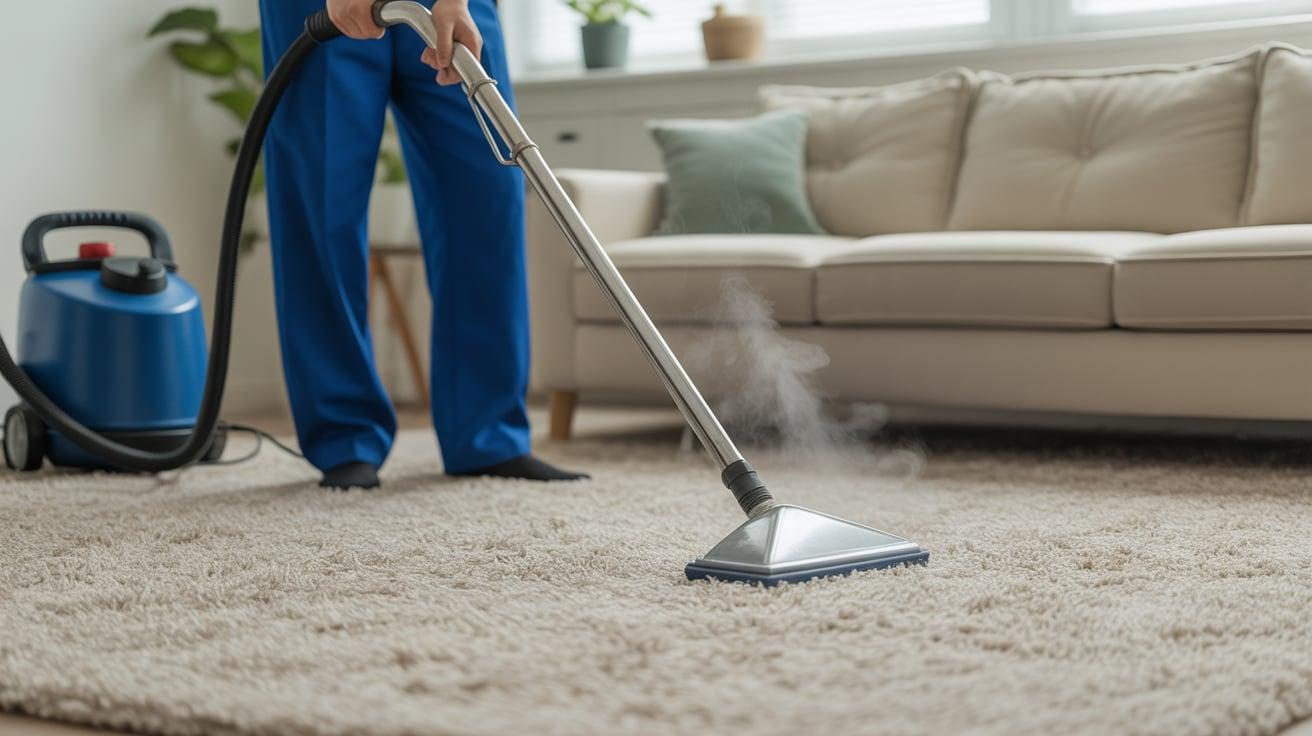
Even with good at-home care, it helps to have your carpet professionally cleaned once or twice a year. Professionals use tools and techniques that remove deep-down dirt and fiber buildup without damaging the carpet. This can refresh your carpet and reduce future shedding.
7. Give Your Carpet a Break-In Period
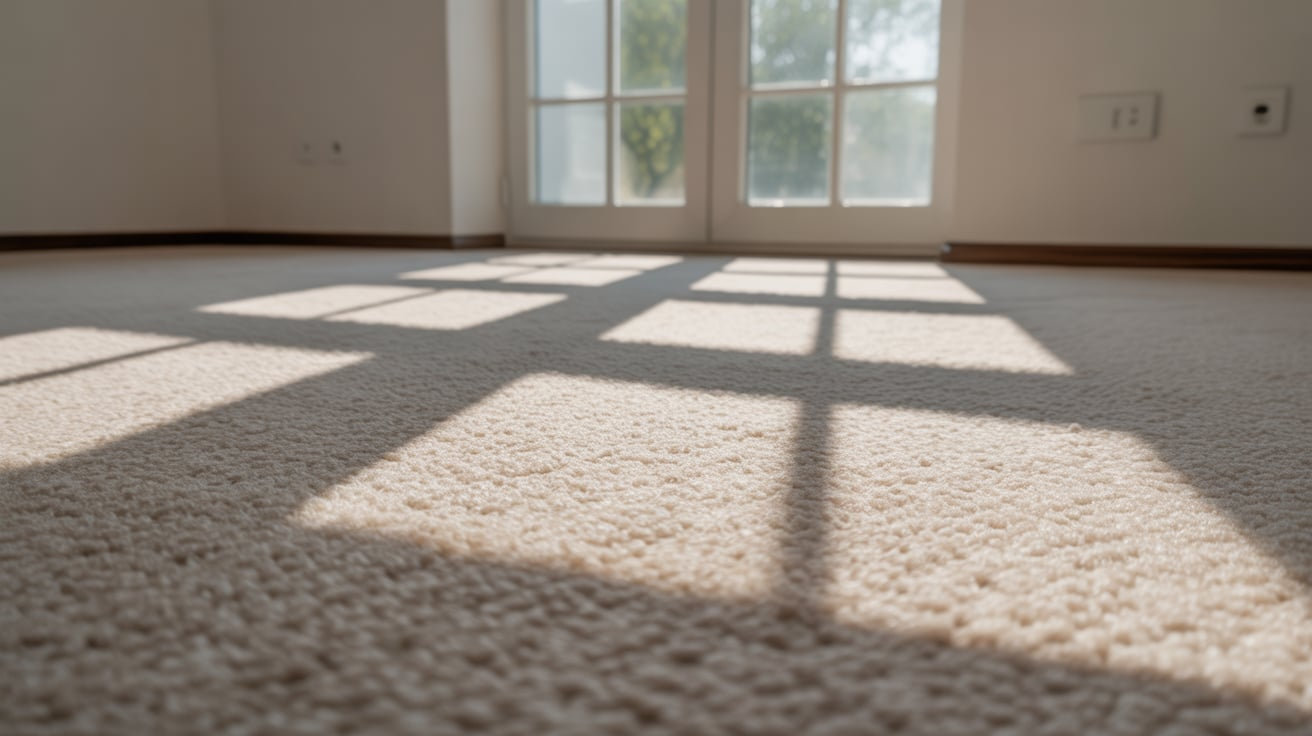
Just like new clothes or shoes, carpets sometimes need a little time to “settle in.” New carpets—especially ones made of wool or other natural fibers—shed more in the beginning. Don’t panic. The key is to vacuum gently and let the carpet adjust over the first few months. Over time, the loose fibers will work their way out, and the shedding will slow down on its own.
8. Avoid Dragging Heavy Items Across the Carpet

Dragging furniture or heavy boxes across your carpet can pull and tear at the fibers, causing more shedding. If you need to move something, lift it instead of dragging it, or place sliders or a blanket underneath. Being gentle on your carpet helps it last longer and shed less.
9. Control Moisture and Humidity
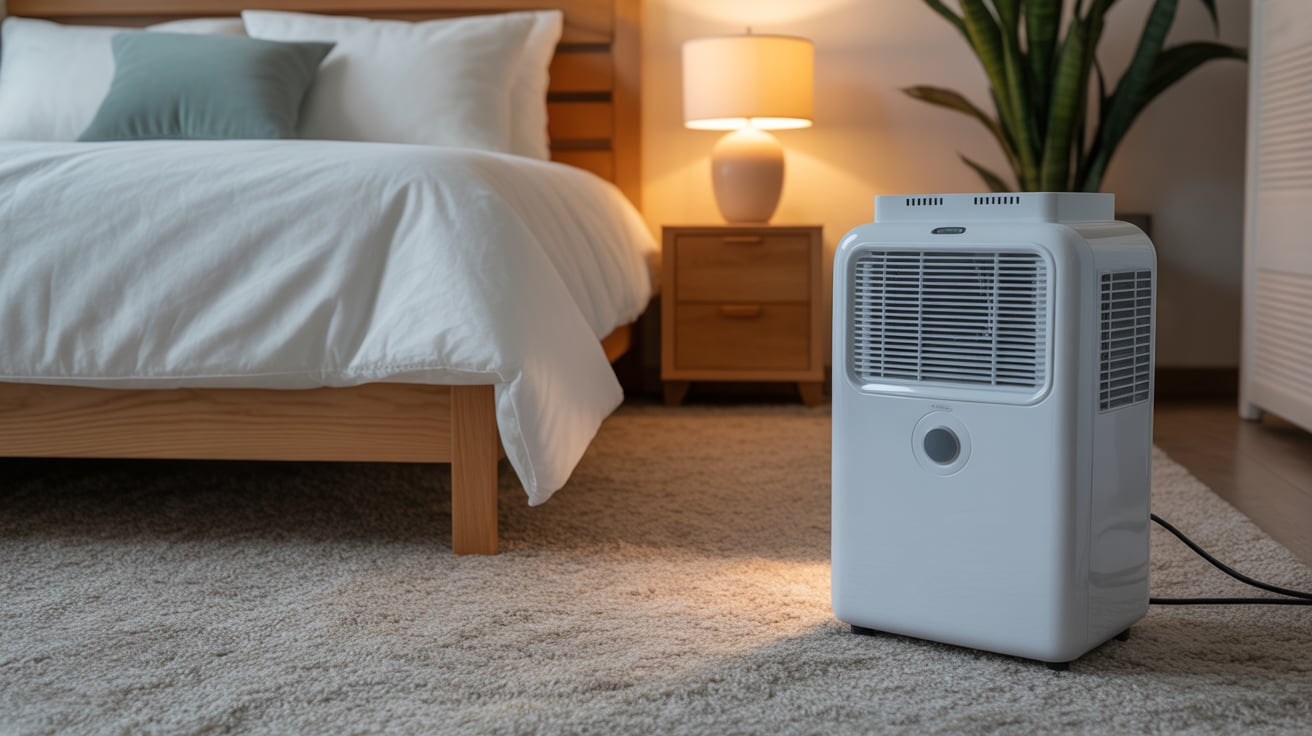
Too much moisture can weaken carpet fibers and lead to more shedding. If your home is very humid, consider using a dehumidifier. And if your carpet gets wet, dry it quickly using fans or by opening windows. Keeping your carpet dry and clean helps protect the fibers and reduces wear.
Best Carpets that Don’t Shed Much
If you want a carpet that looks great without leaving fuzz everywhere, it’s smart to start with the right type. Some carpets are just made better—stronger fibers, tighter twists, and higher-quality construction all play a big part.
Whether you’re shopping for a living room, bedroom, or hallway, picking a low-shed carpet can save you time, hassle, and extra cleaning.
| Carpet Type | Material | Why It Sheds Less | Best For |
|---|---|---|---|
| Nylon Carpet | Synthetic | Strong, durable fibers that resist shedding | High-traffic areas |
| Polyester Carpet | Synthetic | Tightly packed fibers that hold up well | Bedrooms, family rooms |
| Triexta Carpet | Synthetic (SmartStrand) | Resists wear and shedding, very stain-resistant | Homes with kids and pets |
| Wool Blend Carpet | Wool + Synthetic | Natural look with less shedding than 100% wool | Formal living or dining rooms |
| Loop Pile Carpet | Any | Looped construction prevents fibers from coming loose | Hallways, stairs, and busy spots |
| Low-Pile Carpet | Any | Short fibers = less breakage and fuzz | Offices, modern spaces |
Picking a low-shedding carpet doesn’t mean giving up on comfort or style. These options come in many colors, textures, and price ranges, so you can find one that works for your space and your budget.
Look for carpets with strong backing and tightly woven fibers, and ask your installer for options that resist shedding. With the right choice, you’ll enjoy a soft, beautiful floor without all the fluff and fuzz.
Preventing Carpet Shedding in The Future
The best way to deal with carpet shedding is to stop it before it starts. When buying a new carpet, choose one made with high-quality materials and tightly twisted fibers. These hold up better and shed less over time.
Make sure your carpet is installed properly, as poor installation can lead to loose fibers and early wear. Once your carpet is in place, start a regular care routine right away—vacuum gently, clean up spills quickly, and use rugs or runners in high-traffic areas.
You can also place furniture pads under heavy items to protect the carpet from extra pressure. By taking these simple steps, you’ll help your carpet last longer and keep shedding under control. A little effort now can save you time and stress later, while keeping your carpet looking fresh and clean for years.
Signs You Need a New Carpet
Even with great care, every carpet reaches a point where it just needs to be replaced. Over time, normal wear and tear can affect how it looks, feels, and even smells. If you’re not sure whether it’s time to say goodbye to your old carpet, here are some clear signs to watch for.
- Stains That Won’t Come Out: If you’ve tried everything—cleaners, spot treatments, even professional help—and the stains still won’t budge, it might be time to replace your carpet. Older carpets soak up stains more easily and become harder to clean over time.
- Worn or Matted Areas: High-traffic spots like hallways, stairs, and living rooms often show the most damage. If the fibers are flat, matted down, or feel rough, and they don’t bounce back even after cleaning, your carpet may have reached the end of its life.
- Bad Smells That Linger: If your carpet has a musty or sour smell that won’t go away, even after deep cleaning, it could mean mold, mildew, or trapped bacteria. This is especially common in older carpets or homes with pets.
- Allergy Flare-Ups: Carpets can hold onto dust, pet dander, pollen, and other allergens. If your allergies seem worse indoors or you’re sneezing more often, your carpet could be to blame, especially if it’s several years old.
- Visible Damage: Tears, holes, or loose seams are all signs that your carpet is beyond basic repair. If patching or stretching doesn’t help, a full replacement is likely the best option.
- Carpet Padding Feels Flat or Lumpy: The padding under your carpet adds comfort and support. If it feels uneven, noisy, or squishy when you walk on it, your carpet may not only feel uncomfortable—it may also wear out faster.
If you’re seeing more than one of these signs, your carpet may be past its prime. Replacing it might seem like a big step, but it can make your home feel fresher and cleaner and even improve your indoor air quality.
Conclusion
Carpet shedding is a common issue, especially with new or low-quality carpets, but it doesn’t have to be a long-term problem. Understanding why it happens and knowing how to care for your carpet can make a big difference.
Regular, gentle vacuuming, proper cleaning habits, and using protective tools like rugs and furniture pads can all help reduce shedding. Choosing a high-quality carpet from the start also helps prevent future frustration. If your carpet continues to shed heavily or shows signs of damage, it may be time to consult a professional or consider a replacement.
The good news is that with the right steps, you can enjoy soft, clean carpets without dealing with constant fuzz. A little attention goes a long way in keeping your floors looking and feeling their best for years to come. You’ve got this—fuzz-free living is possible!

